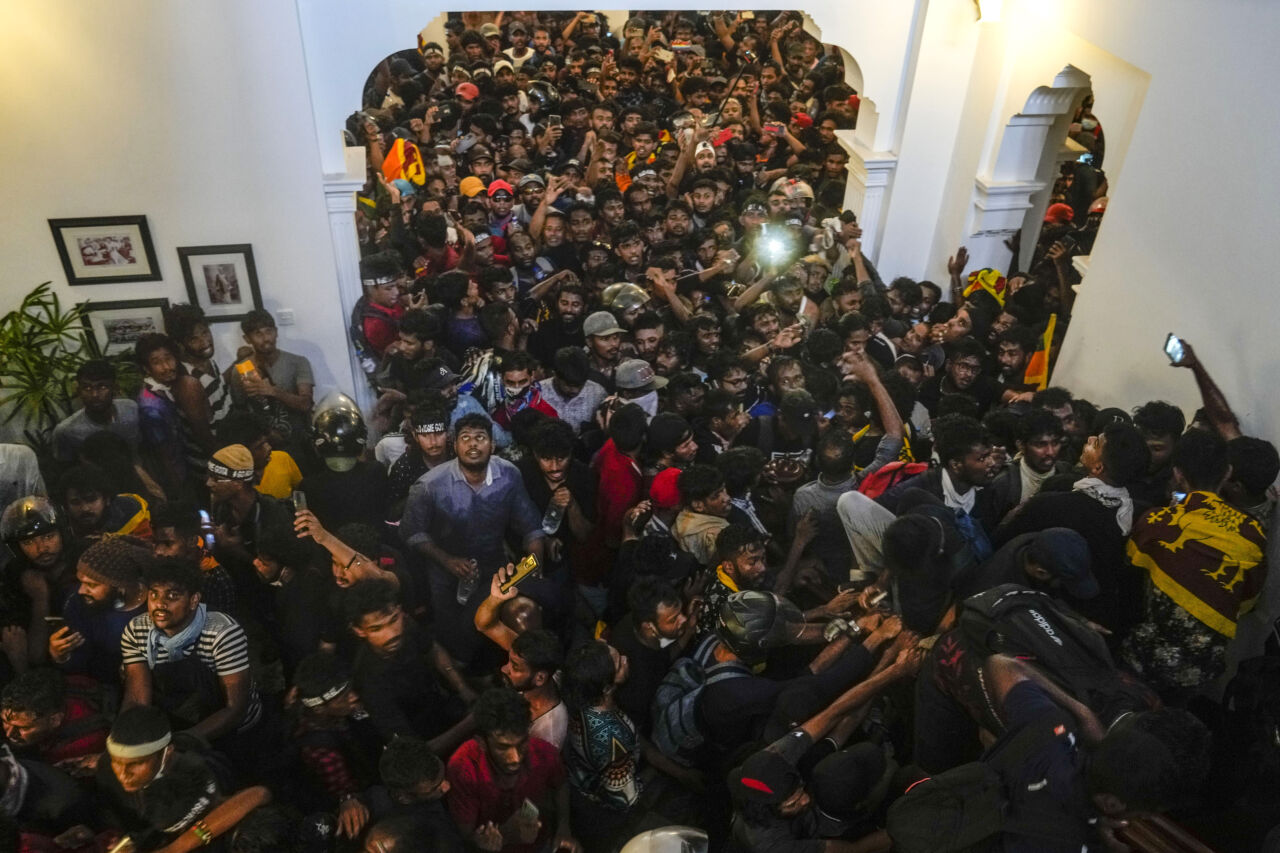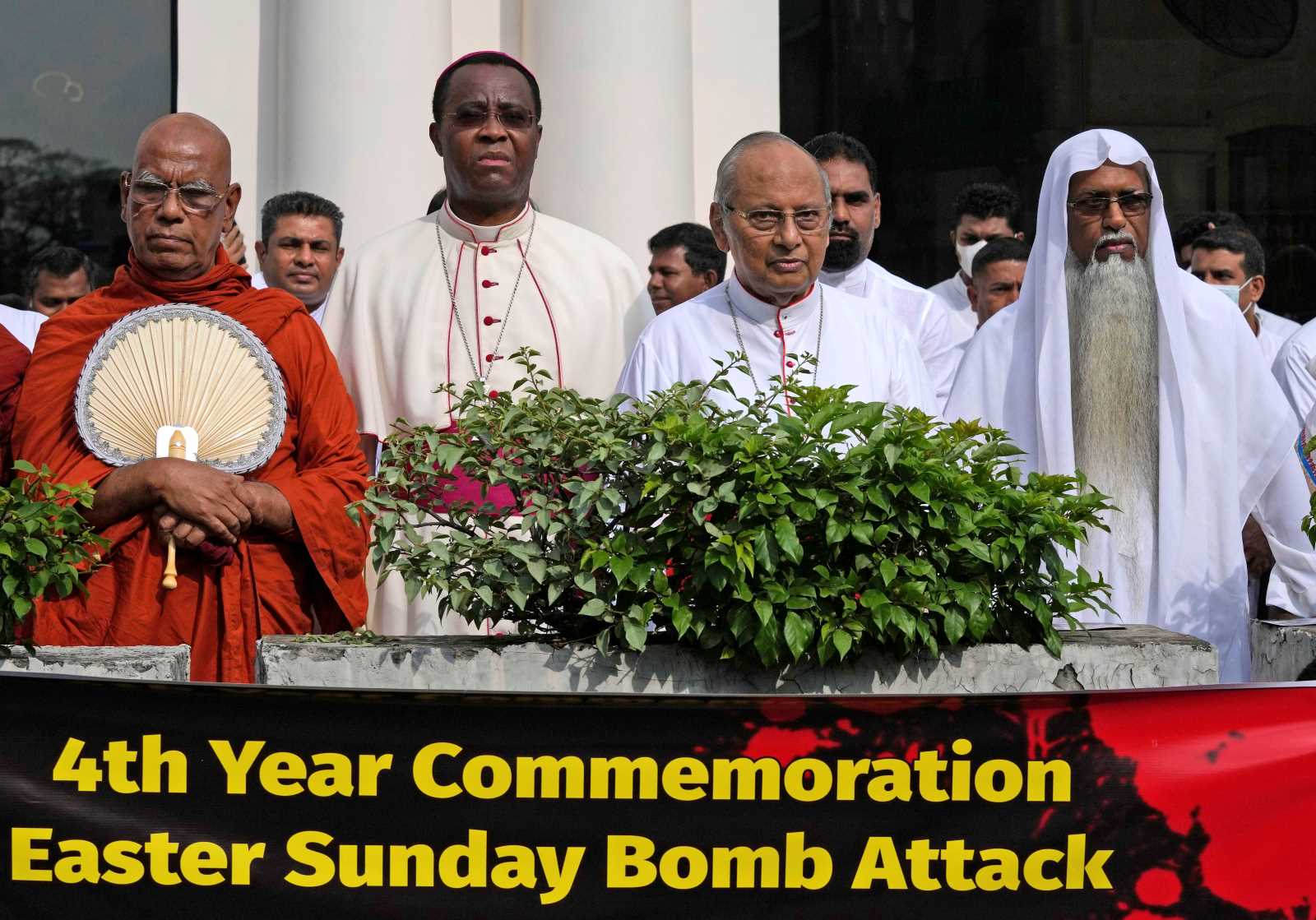Interreligious dialogue
Building bridges to reconcile religious conflicts

Sri Lanka is a country with a diverse cultural and religious heritage. Buddhism is the main religion, but Christianity, Hinduism and Islam also have a significant influence and many followers in the country.
Sri Lanka has faced several conflicts over the last five decades, with multiple and overlapping triggers such as nationalism, economic policy and religious dominance. The worst was certainly the Sri Lankan civil war that started in 1983 and lasted for more than 25 years. The civil war was mainly an ethnic conflict between Sri Lankan Tamils fighting against the Sinhalese-dominated government for an independent state. However, it also had an important religious component, as the Tamils are predominantly Hindu and Muslim, while the Sinhalese – the majority of Sri Lanka’s population – are Buddhist.
The origins of these conflicts can be traced back to the 1950s. The then Prime Minister Solomon W. R. D. Bandaranaike introduced a law commonly referred to as the Sinhala Only Act. It replaced English with Sinhala as the only official language of the then Ceylon and excluded Tamil from the Act. This aided his political campaign which focused on the promotion of Sinhala Buddhist culture. The ideology of the “Sinhala Buddhist majority” was fostered, giving the Sinhala community authoritative power over the country’s most important affairs.
Religious conflicts abound
This was seen as an attack on Tamil culture and people’s basic rights. In response, many Tamil civilians in the north and east of Sri Lanka engaged in non-violent resistance. However, in the 1980s, under the leadership of Velupillai Prabhakaran and his people’s movement, the Liberation Tigers of Tamil Eelam (LTTE), the situation escalated into bloodshed and warfare.
The civil war ended in 2009 under the regime of Mahinda Rajapaksa. Rajapaksa’s stance of “saving the country from terrorism” was supported by the majority of Buddhists and other religious minority leaders. However, many Tamil civilians still lost their lives that year. There are reports of extrajudicial killings, enforced disappearances, displacement, arbitrary detention, torture, rape, sexual assault and so on.
Even after the end of the civil war in 2009, the ethnic-religious conflicts in Sri Lanka continued. The Easter 2019 bombings in particular were a tragic reminder of the lack of unity between Sri Lanka’s religious communities. Three churches and three hotels in the capital Colombo were the target of a series of coordinated suicide attacks by Islamic terrorists. Almost 300 people were killed. Once again, religious fundamentalism took a heavy toll.
Justification of war
The civil war was justified by the religious supremacy of Buddhism, with Sinhala-Buddhist nationalism being emphasised in particular. This did not stop with Rajapaksa. Since 2005, the Rajapaksa family has relied on various Buddhist groups to maintain control of the country.
This actually contradicts the teachings of Buddhism. In fact, most religions are not in favour of wars, as they arise from violence and divide people and communities. At their core, most religions are about unity, peace, reconciliation and harmony.
In Sri Lanka, however, many religions are based on a performative and therefore superficial approach rather than an everyday life practice. Buddhism is enforced by monks in some places through violence and coercion, which denies the principles of the Buddhist Dhamma, the teaching of the Four Noble Truths. The peacefulness of this philosophy has been replaced by religious hate speech. Christianity in Sri Lanka is still not deeply rooted in the population, as its authoritarian structures have historically emerged from colonialism.
Meanwhile, the Islamic leaders do not really address the problems of the country or the extremist tendencies within the religion. The same is true of Hinduism, which shows little understanding of the causes of poverty and the struggles of ordinary people in Sri Lanka.
What the country needs is a paradigm shift in all religions towards unity and harmony. We need a profound process of reconciliation. This must come from the leaders of all religions, and they must commit to religious pluralism. Religious exclusivism must disappear.
A real dialogue
There are examples of this religious unity within the country that can lead the way on how the religious communities in Sri Lanka should proceed. The self-righteousness of recognising only one’s own religion as the true one stands in the way of genuine interreligious dialogue. In Sri Lanka, it was also partly the colonial European-Western mentality that served as a bad role model by exalting its own culture.
Part of the dialogue must be to give people who have already been victims of religious conflicts space for inner healing. However, without a genuine interreligious dialogue, such conflicts will continue in future. An appropriate educational process for all sides involved is therefore important. The main goal must be the peaceful coexistence of all religions in Sri Lanka.
Rehan Fernando is a Sri-Lankan author. He is currently pursuing two PhDs in interreligious dialogue and ecological theology.
rehansirinimal@gmail.com










